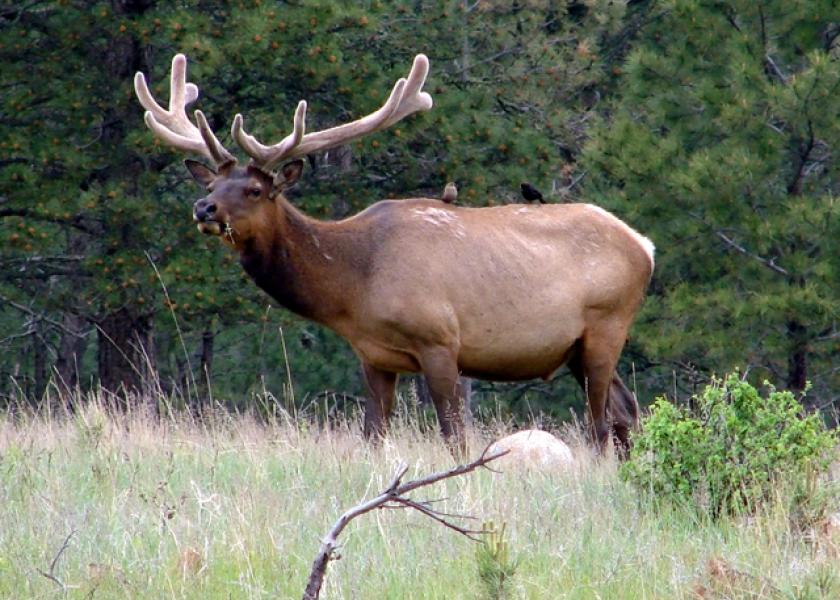Tracking Brucellosis Transmission

By: John Maday
Researchers from several federal agencies and universities recently completed a study tracking brucellosis transmission patterns between bison, elk and cattle. The study, using genomic analysis to identify specific strains of the brucellosis bacteria Brucella abortus, shows that elk can serve as a self-sustaining disease reservoir, exposing cattle and complicating control measures.
The study results, published in the journal Nature Communications, show genomic evidence for at least five independent introductions of B. abortus into wildlife populations of the greater Yellowstone area. The study data suggest that brucellosis is currently persisting in some free-ranging elk populations outside of “feedgrounds,” which are areas where emergency winter feeding concentrates elk and facilitates disease exposure.
The researchers found that most Brucella strains from native winter-range elk were genetically distinct from those infecting Yellowstone bison, and instead were historically connected to the supplemental feedgrounds in Wyoming. These elk-associated lineages, the researchers say, have been spatially expanding at approximately 4 to 8 kilometers per year. Bison from Yellowstone National Park had predominantly one lineage of B. abortus, and this lineage had the slowest spatial diffusion rates of all five lineages in this study.
The researchers say the study confirms previous findings that elk are the most likely source of B. abortus outbreaks in livestock. Over the past decade, they add, documented transmission events from elk to livestock have increased, after none were recorded in the previous decade.
In contrast, the predicted number of bison to livestock transitions was close to zero in this study, and no transmissions of brucellosis from wild bison to cattle have been detected. The researchers note that elk are more numerous and widely distributed than bison, potentially increasing their contact with livestock.
The data also reveal significant transmission between bison and elk in areas where both species reside, suggesting that eradication efforts in one host population may be complicated by the probable reinfection from the alternative host species.
See the full report from Nature Communications.







